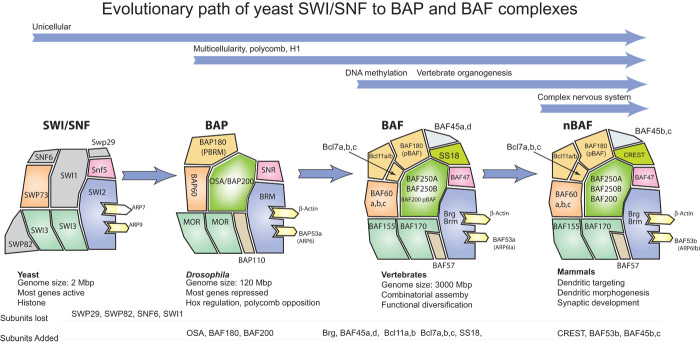Fig. 1. Evolution of the yeast SWI/SNF complexes to the fly BAP and vertebrate BAF complexes.
The figure depicts the subunit structure of these related complexes over the last 500 million years of evolutionary history. Colors are used to indicate homology. The development of multicellularity and the need to repress most genes is coupled with the appearance of polycomb-mediated repression, histone H1, and major changes in the subunit structure of SWI/SNF in its transition to BAP complexes in flies. The emergence of vertebrates, appearance of a much larger genome, DNA methylation, and vertebrate complexity is accompanied by another transition in subunit structure and combinatorial assembly. Finally, with the emergence of a complex nervous system, four new neuron-specific subunits enter the complex and are essential for dendritic morphogenesis, synaptogenesis, and connectivity within the nervous system.

